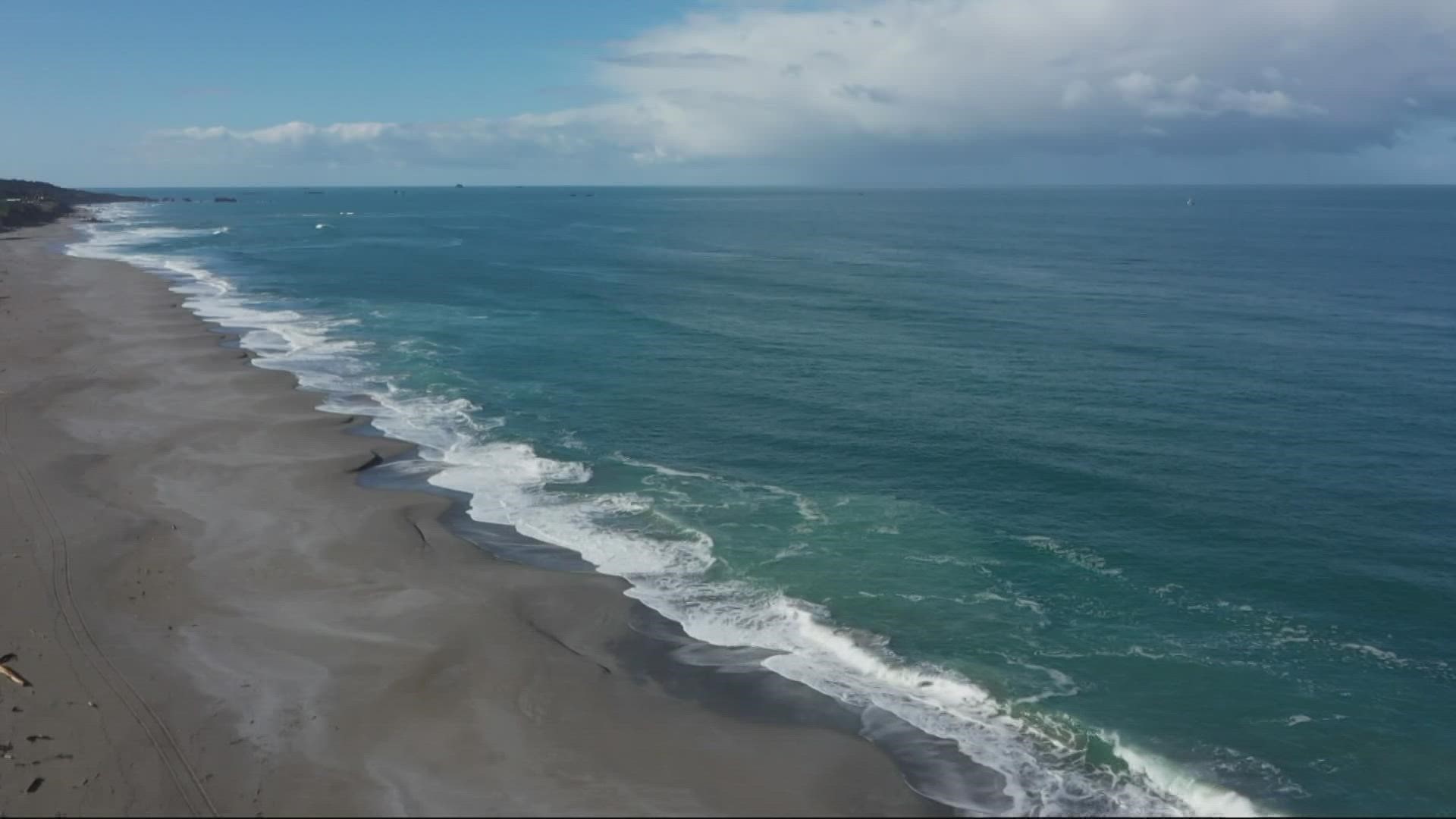PORTLAND, Ore. — Over the last couple of years, the Pacific Northwest has seen an increasing number of extreme weather events.
From the megafires of 2020, to the hottest temperature ever recorded at Portland International Airport last summer: a high of 116 degrees on June 28, 2021.
Researchers with Portland State University and Washington State University Vancouver are looking into the factors that cause those extremes, including a weather pattern called an atmospheric ridge.
Paul Loikith is an associate professor of geography and the director of Portland State University’s Climate Science Lab. He has teamed up with Deepti Singh, an assistant professor for the School of the Environment at Washington State University Vancouver. Together, they are studying atmospheric ridge patterns and the impact they have on our weather.
Atmospheric ridges, or high pressure systems, bring in calmer weather and are associated with drier and sunny conditions. They can also be responsible for heat waves during the summer months.
Loikith said they are using a combination of historical data going back to the late 1970s and computer models to better understand the reason behind some of the strong ridges.
“We want to find out what are the drivers of ridges, and potentially, how can we predict those when we want to manage extreme events. What we want to know is the predictability,” said Singh.
Both Loikith and Singh want to know the factors that are contributing to warmer summers over the last few years. One thing they plan on paying close attention to with their research are the sea surface temperatures.
“There are relationships between our circulation and what’s going on in the central tropical Pacific, so El Nino and La Nina events can influence the circulation,” said Loikith.
The three year project just started between Portland State University and Washington State University Vancouver, thanks in part to a federal grant from the National Science Foundation.
WATCH: Climate change playlist

